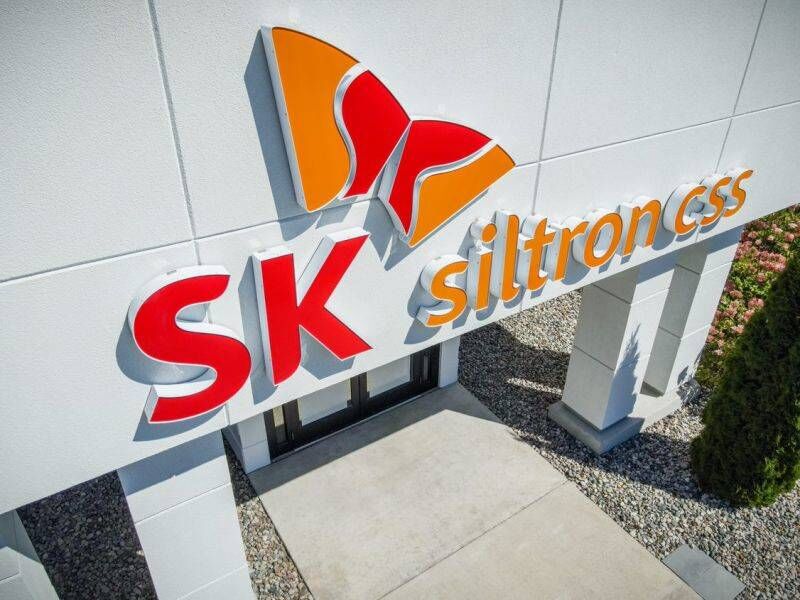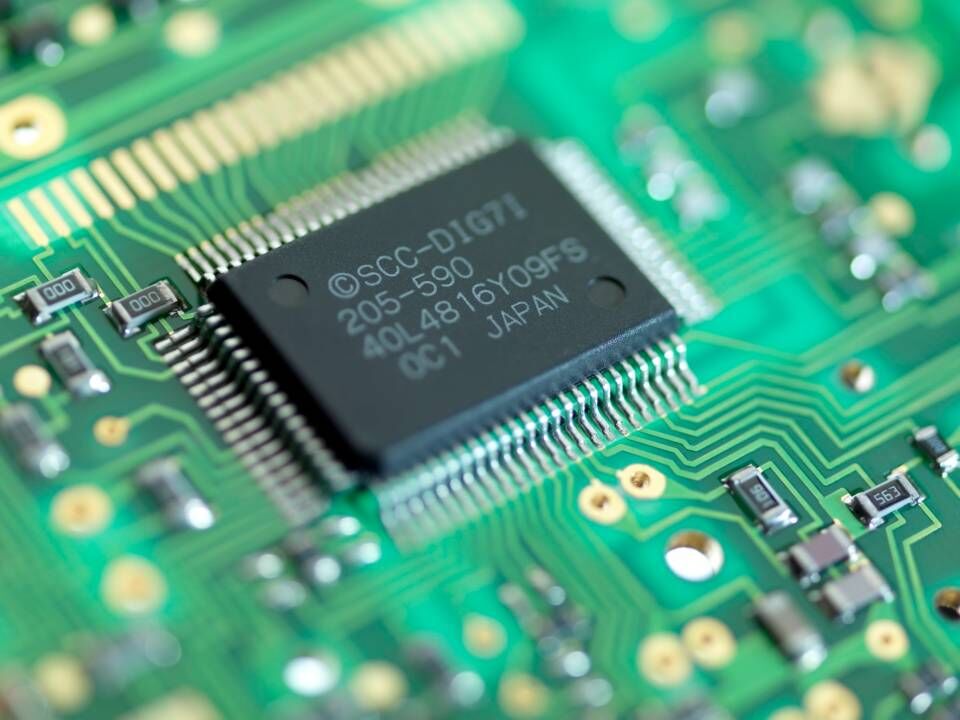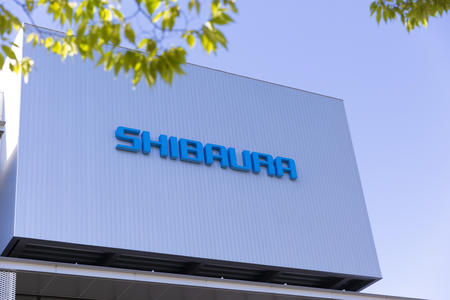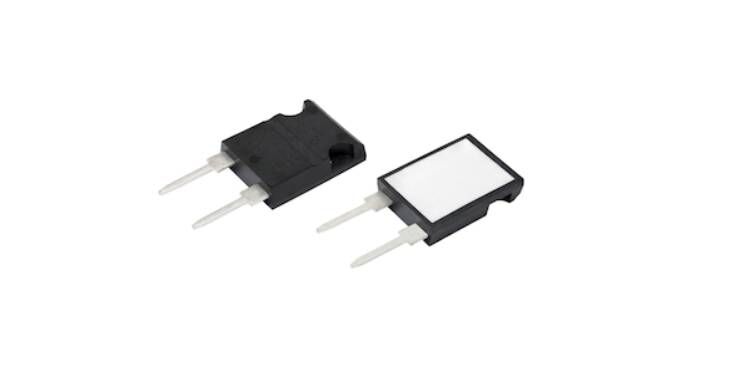According to reports, Huawei held a press conference in Tokyo in November, saying that from January to September, Huawei's purchases in Japan amounted to 780 billion yen (about 7.2 billion U.S. dollars), which is 60 billion yen more than last year.
After being included in the Entity List by the US government, Huawei is steadily shifting purchases elsewhere, with Japan being one of the beneficiaries. As far as Japanese suppliers are concerned, they are ramping up production in preparation for the upcoming 5G.
As the world's largest ceramic capacitor supplier, Tsuneo Murata, president of Murata Manufacturing Co., Ltd., said in an interview recently that demand for 5G base station products is higher than expected. Taiyo Yuden, the third largest MLCC manufacturer, has invested 10 billion yen to increase production capacity. In March of this year, the company opened the third capacitor factory and is currently building another one, which will begin production next spring.
"In the past few years, our production capacity has grown at a rate of 10% each year," said Mike Tanahashi, technical marketing manager at Taiyo Yuden. "But we remain concerned that as demand is expected to grow significantly, we may not be able to supply enough MLCC."
According to Taiyo Yuden, the number of MLCCs used in smartphones has almost doubled in the past 8 years. Samsung ’s first-generation 5G phone, the Galaxy S10 5G and other high-end phones, require about 1,300 capacitors, 30% more than 4G smartphones.
Tanahashi said: "With the promotion of 5G, the demand for small capacitors that can store more power is increasing, and only a few suppliers currently provide such high-performance components."
For China, 5G is a national project, and 5G will penetrate the market at twice the speed of 4G. According to market research firm Counterpoint, China Mobile is expected to provide 200 million yuan ($ 28.5 million) in subsidies for 5G mobile phones to encourage users to replace their phones. The company also plans to set up a 5G fund worth more than 20 billion yuan to promote the development of the industry. In addition, Goldman Sachs estimates that by 2025, China's investment in 5G will exceed $ 150 billion.
All indications are that China will need a lot of electronic components and other related parts, and it will soon be needed.












All Comments (0)